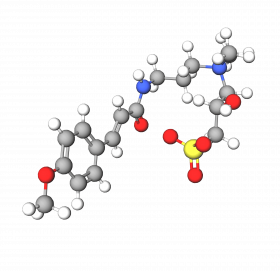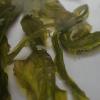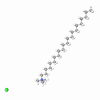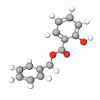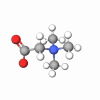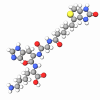Lying on the beach in swimwear on a sunny afternoon is always an enjoyable experience for many. But little do they know about the harmful effects of solar UV radiation on their skin and hair. The UV-B (290-320nm) portion of the solar spectrum is largely responsible for erythema (sunburn) and skin cancer. Similar is the photodegradation effect of UV-radiations on human hair.
UV rays damage the proteins of cuticles, and prolonged irradiation results in diminished tensile strength due to the breaking of disulfide bonds in keratin. Also, continuous exposure to sun rays lightens hair color and makes human hair rough, brittle, and difficult to comb.
Though a number of UV-absorbing compounds, such as derivatives of salicylic acid, benzophenones, benzotriazoles, and cinnamic acid, are used in personal care products, all these molecules suffer from a major disadvantage—lack of substantivity. Due to this deficiency, many skin and hair products lack proper protection and care, and their users unknowingly suffer damage.
Methoxycinnamidopropyl Hydroxysultaine is a quaternized UV absorber, overcoming all limitations. A UV-absorbing moiety is modified to make it significantly substantive by introducing a betaine-like structure, which also imparts hydrophilicity. The excellent water solubility of this molecule offers a choice of designing aqueous formulations and thereby avoids the greasy feel of hydrophobic vehicles in both hair and skin care products.Methoxycinnamidopropyl Hydroxysultaine is a winner in many aspects, it is a unique UV-B photofilter, and the basic UV-absorbing unit is the same 'p-methoxy cinnamoyl' group of octyl methoxy cinnamate. Thus, the UV-absorption properties are exactly the same as that of OMC (Octinoxate; designation: Ethylhexyl Methoxycinnamate), but the substantivity of Methoxycinnamidopropyl Hydroxysultaine is far superior to OMC in rinse off preparations.
What are the benefits and advantages of Methoxycinnamidopropyl Hydroxysultaine?
- Highly water-soluble
- Unique colorless and odorless UV-B absorber
- Stable over a wide range of pH
- Compatibility with most common cosmetic ingredients
- Excellent toxicity profile
- Superior in efficacy over Benzophenone-4
- Protects the original color of the formulation.
It is substantive to both hair and skin. Methoxycinnamidopropyl Hydroxysultaine is not only compatible with anionic surfactants but with all other commonly used cosmetic ingredients as well. It can be easily incorporated in both aqueous as well as oil-based formulations and can be conveniently included in transparent shampoos and transparent cleansing bars without affecting the transparency.
A very stable and inert betaine, Methoxycinnamidopropyl Hydroxysultaine's excellent stability and inertness stem from the molecular structure that has neither reactive nor labile (easily cleavable or hydrolyzable) functional groups. Neither phototoxic nor mutagenic (Ames test), Methoxycinnamidopropyl Hydroxysultaine has an excellent toxicity profile and is non-irritant to the skin and eyes.
Methoxycinnamidopropyl Hydroxysultaine has a wide usage range. It is used in UV-B protective formulations for skin that include lotions, emulsions, cleansing bars, and so on. It can also be formulated in hair-protecting compositions such as shampoos, cream rinses, hair conditioners, hair dressing preparations, hair coloring products, etc.
